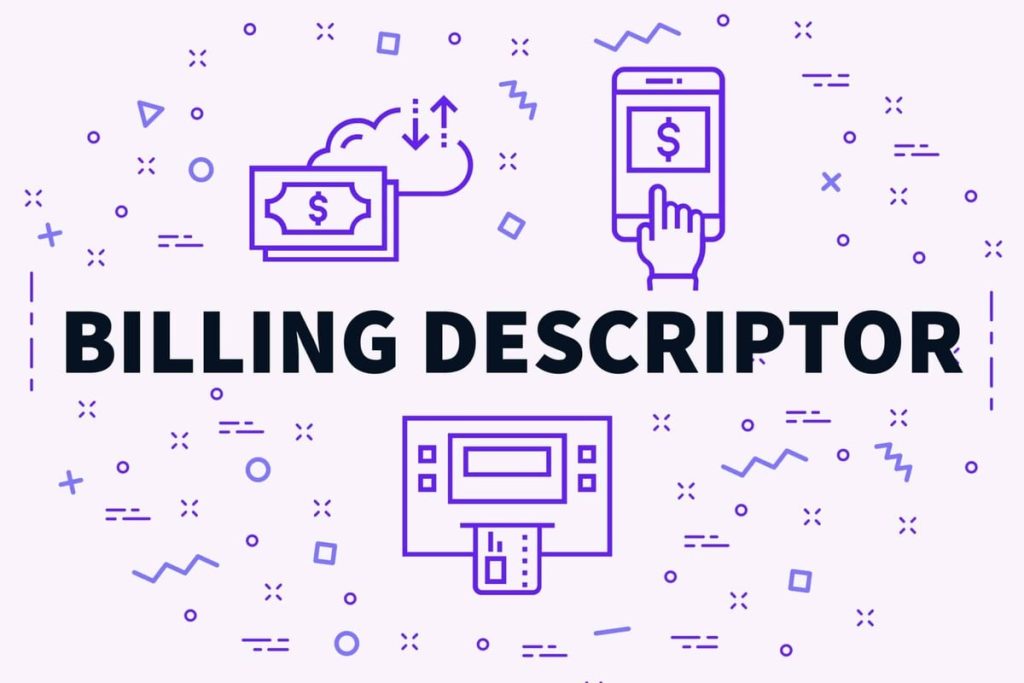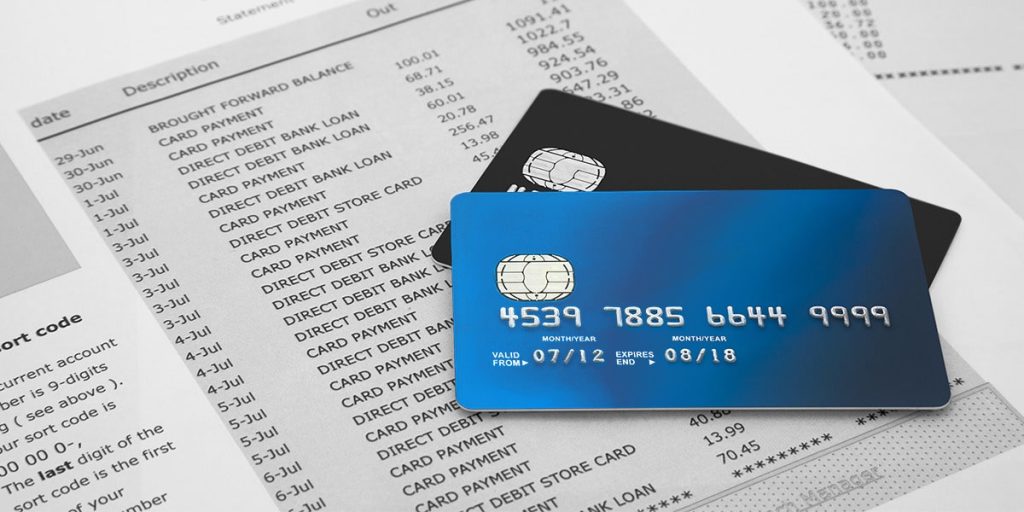A billing descriptor is a brief line of text that appears on a customer’s bank or credit card statement. It identifies the merchant and explains the transaction. Billing descriptors are essential for helping customers recognize their purchases and avoid confusion, which can lead to chargebacks. According to Visa and MasterCard, businesses that use unclear billing descriptors can experience a 40% increase in chargebacks. In this guide, we’ll cover the main types of billing descriptors, explain their importance, and offer strategies for reducing chargebacks by optimizing descriptors.
Types of Billing Descriptors
Billing descriptors are classified into three main categories:
- Static descriptors are default descriptors that remain the same across all transactions for a merchant. These typically include the business name and contact information, like “ACME Stores 800-123-4567.”
- Dynamic descriptors allow merchants to customize the descriptor for each transaction, providing specific information about the product or service purchased. For example, “ACME*OnlineBooks 800-123-4567” could be used to identify an online book purchase.
- Soft descriptors are temporary, appearing while a transaction is pending. These are usually generated by the payment processor before the final descriptor is shown.
According to Checkout.com, using dynamic descriptors can reduce chargebacks by up to 20%, as they provide more clarity about the purchase.
The Impact of Billing Descriptors on Chargebacks
Confusing billing descriptors are the leading cause of chargebacks. Customers who don’t recognize a charge are likely to dispute it. This can result in:
- Revenue loss from refunded transactions and fees, which can range from $20 to $100 per chargeback.
- Higher processing fees, as merchants with frequent chargebacks face penalties.
- Reputation damage, which can result in increased difficulty working with payment processors.
Visa data shows that 86% of chargebacks occur due to unrecognized charges. A well-crafted billing descriptor minimizes this risk by providing clear and relevant information about the transaction.

Best Practices for Billing Descriptor Optimization
- Use Recognizable Names
Ensure that your billing descriptor uses a recognizable name, such as your DBA (Doing Business As) name, instead of a legal entity name. This helps customers identify the transaction. - Add Contact Information
Including a phone number or website in the descriptor can reduce chargebacks by up to 15% by giving customers an easy way to contact you if they have questions about a charge. - Utilize Dynamic Descriptors
Dynamic descriptors are especially useful for businesses that sell a variety of products or services. By specifying the product or service in the descriptor, such as “ACME*Headphones,” you reduce the likelihood of chargebacks from customers who don’t remember making a purchase. - Stay Within Character Limits
Billing descriptors are limited to 20-25 characters, including spaces. Be concise but clear. For example, abbreviate where necessary without losing clarity. - Test Across Cards
Different banks may truncate descriptors differently. Test your descriptor on various cards to ensure it is clear regardless of how it appears on the customer’s statement.
VISA and MasterCard Guidelines for Billing Descriptors
Payment networks like Visa and MasterCard set specific rules for billing descriptors, which merchants must follow to avoid issues with payment processing:
- Character limits: Typically between 20 and 25 characters.
- Use of Latin characters only: Special characters like “*”, “&”, or “>” are not allowed.
- Accuracy: The descriptor should accurately reflect the merchant’s business name and should not be misleading.
Failure to comply with these guidelines can result in additional fees or penalties. It is essential to follow the guidelines set by the payment networks to avoid payment disruptions.
Table 1: Summary of Key Billing Descriptor Rules by Payment Networks
| Network | Character Limit | Special Characters Allowed | Requirement |
|---|---|---|---|
| Visa | 20-25 characters | No | Must match the DBA name |
| MasterCard | 20-25 characters | No | Should accurately describe the merchant |
| American Express | 20-22 characters | No | Must include merchant’s phone number if applicable |
The Role of Billing Descriptors in Reducing Chargebacks
Billing descriptors are critical in preventing chargebacks. Chargebacks occur when customers dispute transactions because they don’t recognize the merchant or the transaction itself. For businesses, chargebacks are expensive, with costs ranging from the transaction amount to additional fees from credit card processors. Dynamic descriptors have been proven to reduce chargebacks, especially for merchants with diverse product offerings.
Visa reports that businesses using dynamic descriptors experience a 50% reduction in chargebacks compared to those using static descriptors. Dynamic descriptors allow businesses to include more specific information, which helps customers recall the transaction and reduces the risk of disputes.
Table 2: Chargeback Reduction by Descriptor Type
| Descriptor Type | Chargeback Reduction (%) | Best Use Case |
|---|---|---|
| Static Descriptor | 10% | Single-product or service businesses |
| Dynamic Descriptor | 50% | Multi-service or product businesses |
| Soft Descriptor | 15% | Pending transactions |

Compliance with Payment Processor Guidelines
To prevent chargebacks and ensure smooth payment processing, merchants must comply with the guidelines provided by payment processors like Stripe, PayPal, and Braintree. Each of these platforms provides detailed guidance on descriptor formatting and usage. For example:
- Stripe recommends using dynamic descriptors for recurring transactions to clearly indicate the billing period.
- PayPal emphasizes using the DBA name in descriptors to reduce disputes.
- Braintree suggests including specific product identifiers for merchants that sell a variety of goods.
These recommendations are in line with Visa and MasterCard standards, ensuring consistent and recognizable descriptors across platforms.
Case Study: Impact of Dynamic Descriptors
A retail company, ShopEasy, saw a 65% increase in chargebacks due to unrecognized charges on customer statements. By switching to dynamic billing descriptors that included the product name (e.g., “ShopEasy*Electronics”), the company reduced its chargeback rate by 30% within three months.
Additionally, by adding a phone number to the descriptor, ShopEasy saw a 15% decrease in customer service complaints. Customers called the company to clarify charges instead of disputing them, resulting in fewer chargebacks and a smoother customer experience.
Table 3: ShopEasy’s Chargeback Rate Before and After Descriptor Changes
| Metric | Before Dynamic Descriptors | After Dynamic Descriptors |
|---|---|---|
| Chargeback Rate (%) | 65% | 30% |
| Customer Service Inquiries (%) | 45% | 15% |
| Time to Resolve Disputes (days) | 10 days | 3 days |
Partnering with Merchanto.org for Chargeback Prevention
For businesses looking to reduce chargebacks and optimize billing descriptors, Merchanto.org offers dynamic descriptor management and chargeback prevention services. As an official partner of VISA and MasterCard, Merchanto.org provides tools that help businesses create effective billing descriptors and reduce disputes.
To explore their solutions, visit Merchanto.
Testing and Implementing Effective Billing Descriptors
It is crucial for merchants to test billing descriptors before using them widely. Conducting tests with various credit cards and banks ensures that descriptors are not truncated or misinterpreted. Feedback from customers can also help identify any potential issues. Testing different descriptor formats on different cards helps confirm that the descriptors are being displayed as intended.
Fact: Research by Stripe shows that businesses that test their descriptors before implementation see a 15-20% decrease in chargeback rates within the first six months of use.
Conclusion
Billing descriptors play a critical role in helping customers recognize their transactions, reducing chargebacks, and maintaining customer trust. By using dynamic descriptors, including contact information, and complying with payment network guidelines, businesses can minimize chargebacks and improve the clarity of their billing practices.



